Trump's opioid plan reportedly calls for executing certain drug dealers

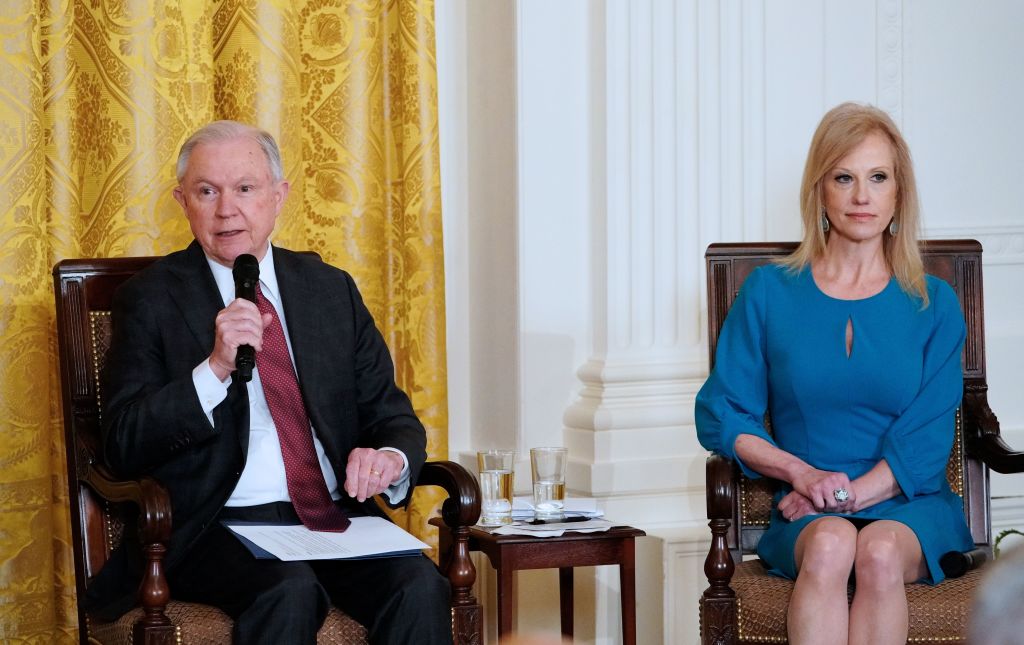
President Trump has been saying privately and, increasingly, in public speeches that he wants capital punishment for drug dealers, and that idea has made it into the latest draft of his plan to fight America's opioid crisis, Politico reports. The wide-ranging plan, which could be announced as soon as Monday, combines drug treatment and prevention options with ramped-up law enforcement measures, including the death penalty in "certain cases where opioid, including fentanyl-related, drug dealing and trafficking are directly responsible for death." It also envisions a new Justice Department task force to monitor internet sales of opioids and crack down on negligent doctors and pharmacies.
The plan, as currently written, gives first responders increased access to the anti-overdose drug naloxone, asks Congress to allow Medicaid to pay for in-treatment addiction care, and urges states to use a national drug prescription database, among other things. The proposals cost much more than Trump has budgeted and Congress would likely approve, Politico says, and the plan promises to cut opioid prescriptions by a third within three years and fulfill Trump's promise to "stop opioid abuse."
The part about executing drug dealers is, to say the least, controversial. Rep. Chris Collins (R-N.Y.) endorsed the idea Thursday afternoon. "I'm all in on the capital punishment side for those offenses that would warrant that," he told Politico. "Including drug cases. Yep." Democrats and public health advocates dismissed the proposal and disagreed with the wisdom and efficacy of declaring a new "war on drugs," and several Republicans were skeptical, too. "I mean, I get the message he's delivering: We've got to treat it seriously," said Sen. Shelley Moore Capito (R-W.Va.), but she doesn't support capital punishment for drug cases. "I don't see that that's going to solve the problem."
The Week
Escape your echo chamber. Get the facts behind the news, plus analysis from multiple perspectives.

Sign up for The Week's Free Newsletters
From our morning news briefing to a weekly Good News Newsletter, get the best of The Week delivered directly to your inbox.
From our morning news briefing to a weekly Good News Newsletter, get the best of The Week delivered directly to your inbox.
A free daily email with the biggest news stories of the day – and the best features from TheWeek.com
Peter has worked as a news and culture writer and editor at The Week since the site's launch in 2008. He covers politics, world affairs, religion and cultural currents. His journalism career began as a copy editor at a financial newswire and has included editorial positions at The New York Times Magazine, Facts on File, and Oregon State University.
-
 5 fairly vain cartoons about Vanity Fair’s interviews with Susie Wiles
5 fairly vain cartoons about Vanity Fair’s interviews with Susie WilesCartoon Artists take on demolition derby, alcoholic personality, and more
-
 Joanna Trollope: novelist who had a No. 1 bestseller with The Rector’s Wife
Joanna Trollope: novelist who had a No. 1 bestseller with The Rector’s WifeIn the Spotlight Trollope found fame with intelligent novels about the dramas and dilemmas of modern women
-
 Codeword: December 20, 2025
Codeword: December 20, 2025The daily codeword puzzle from The Week
-
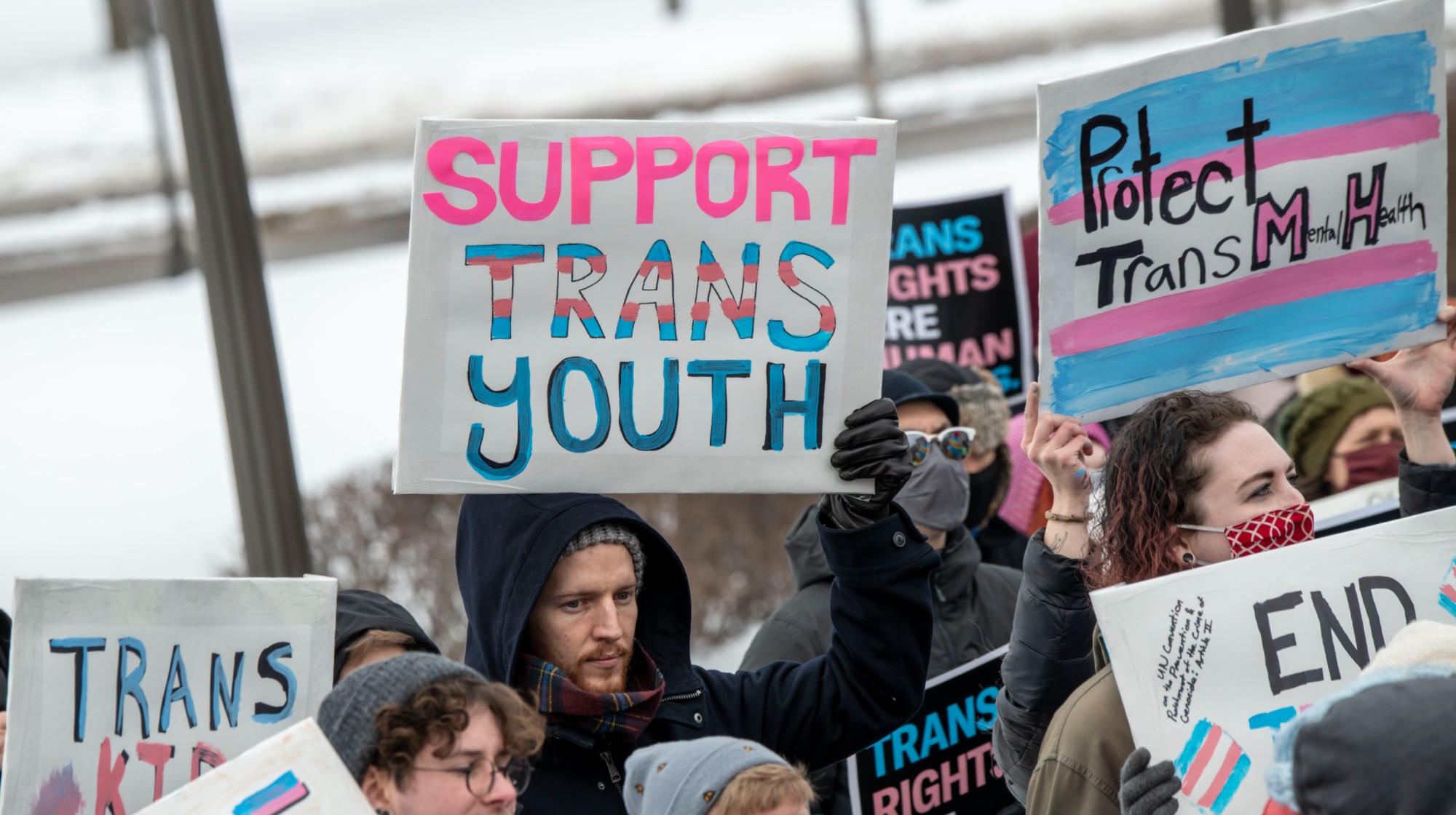 Trump HHS moves to end care for trans youth
Trump HHS moves to end care for trans youthSpeed Read The administration is making sweeping proposals that would eliminate gender-affirming care for Americans under age 18
-
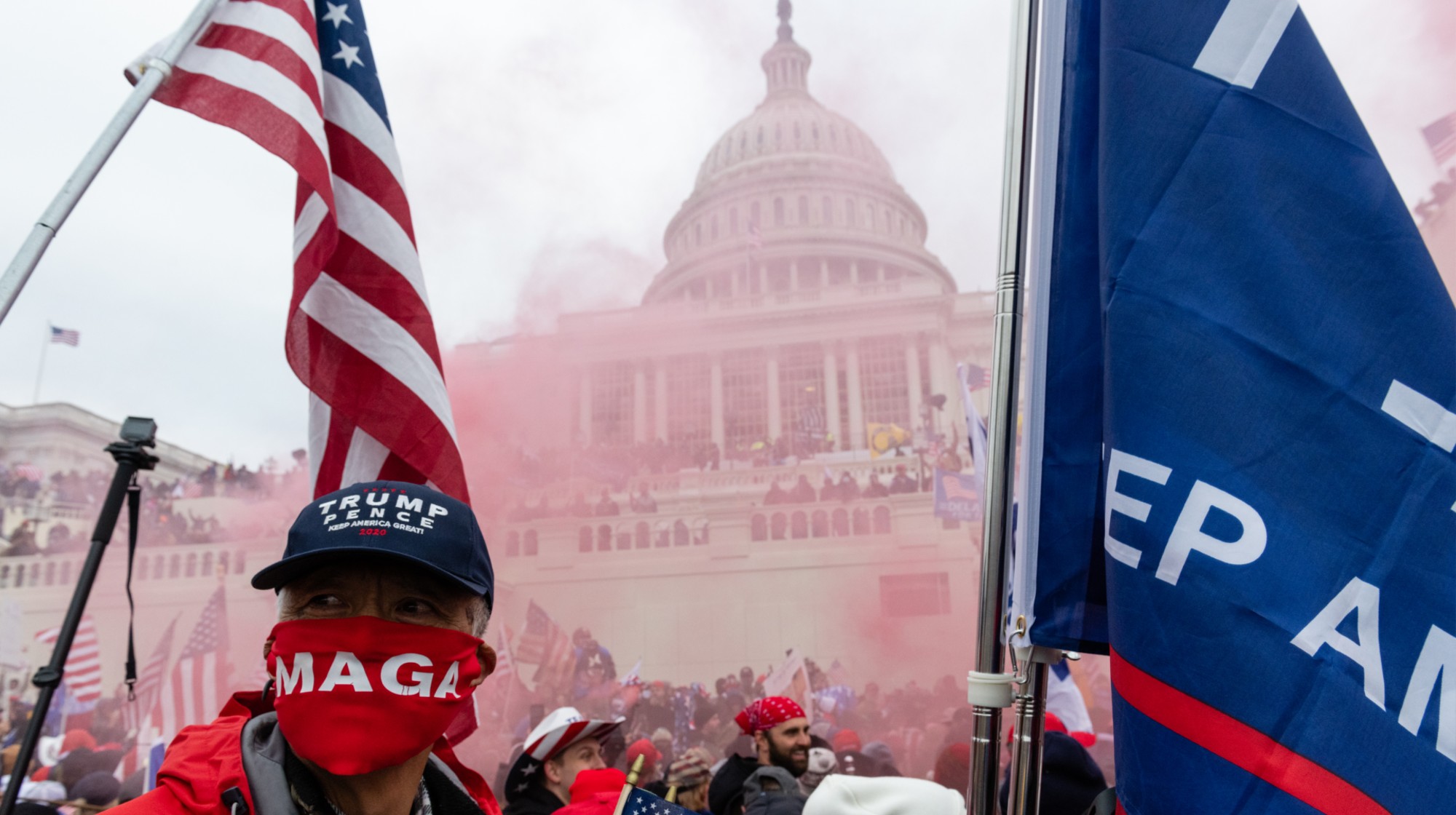 Jack Smith tells House of ‘proof’ of Trump’s crimes
Jack Smith tells House of ‘proof’ of Trump’s crimesSpeed Read President Donald Trump ‘engaged in a criminal scheme to overturn the results of the 2020 presidential election,’ hoarded classified documents and ‘repeatedly tried to obstruct justice’
-
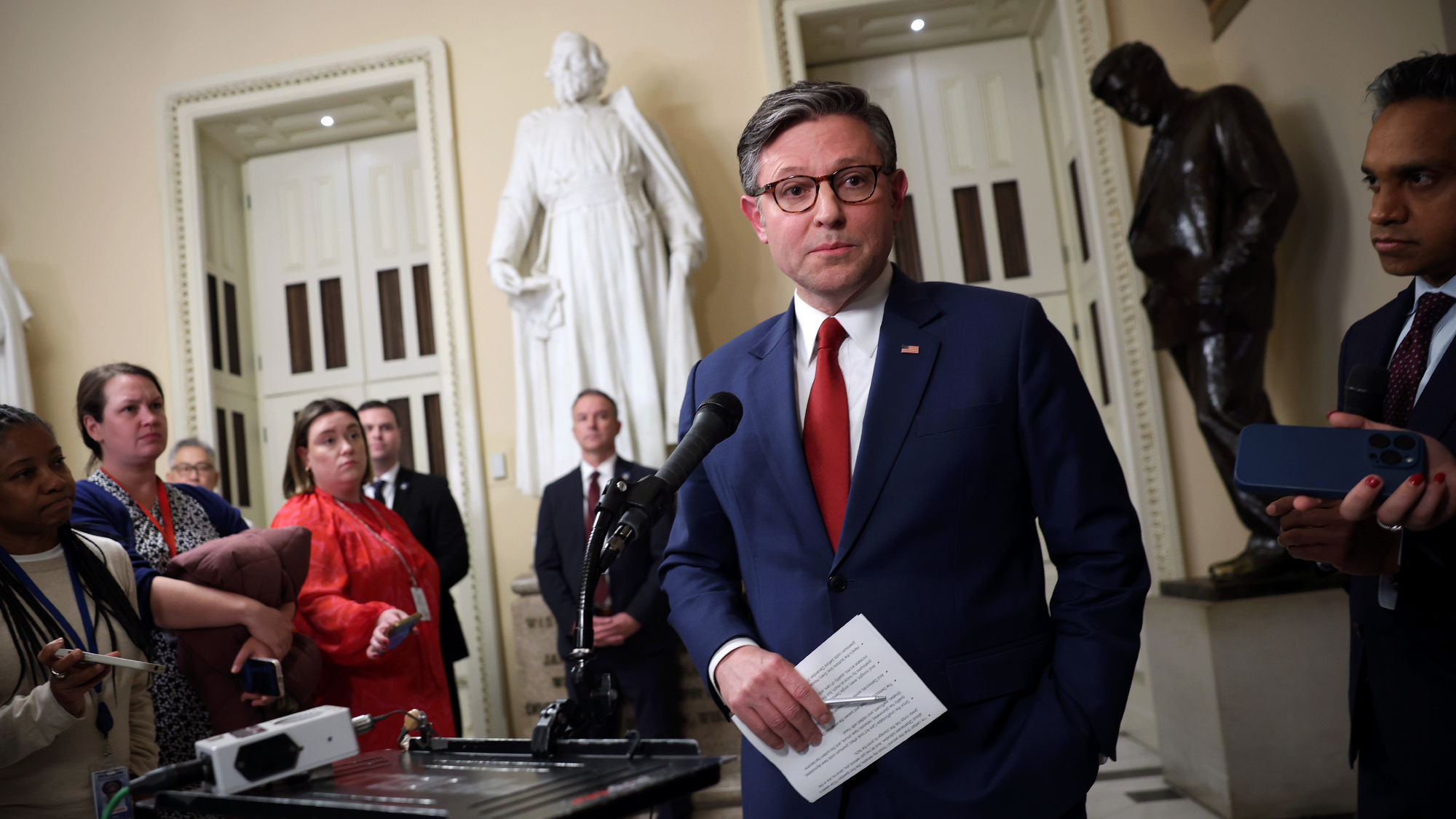 House GOP revolt forces vote on ACA subsidies
House GOP revolt forces vote on ACA subsidiesSpeed Read The new health care bill would lower some costs but not extend expiring Affordable Care Act subsidies
-
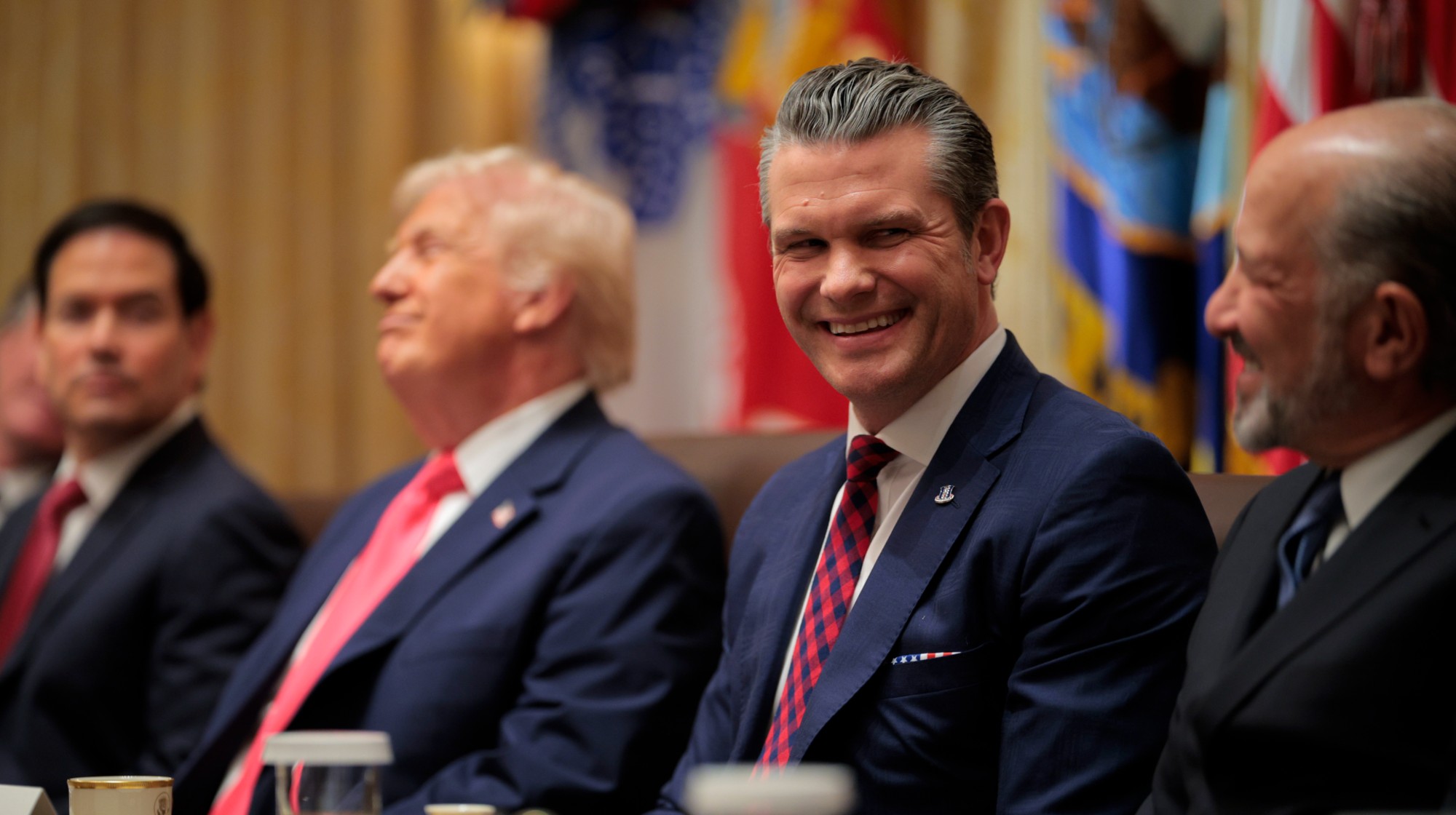 Hegseth rejects release of full boat strike footage
Hegseth rejects release of full boat strike footageSpeed Read There are calls to release video of the military killing two survivors of a Sept. 2 missile strike on an alleged drug trafficking boat
-
 Trump vows naval blockade of most Venezuelan oil
Trump vows naval blockade of most Venezuelan oilSpeed Read The announcement further escalates pressure on President Nicolás Maduro
-
 Kushner drops Trump hotel project in Serbia
Kushner drops Trump hotel project in SerbiaSpeed Read Affinity Partners pulled out of a deal to finance a Trump-branded development in Belgrade
-
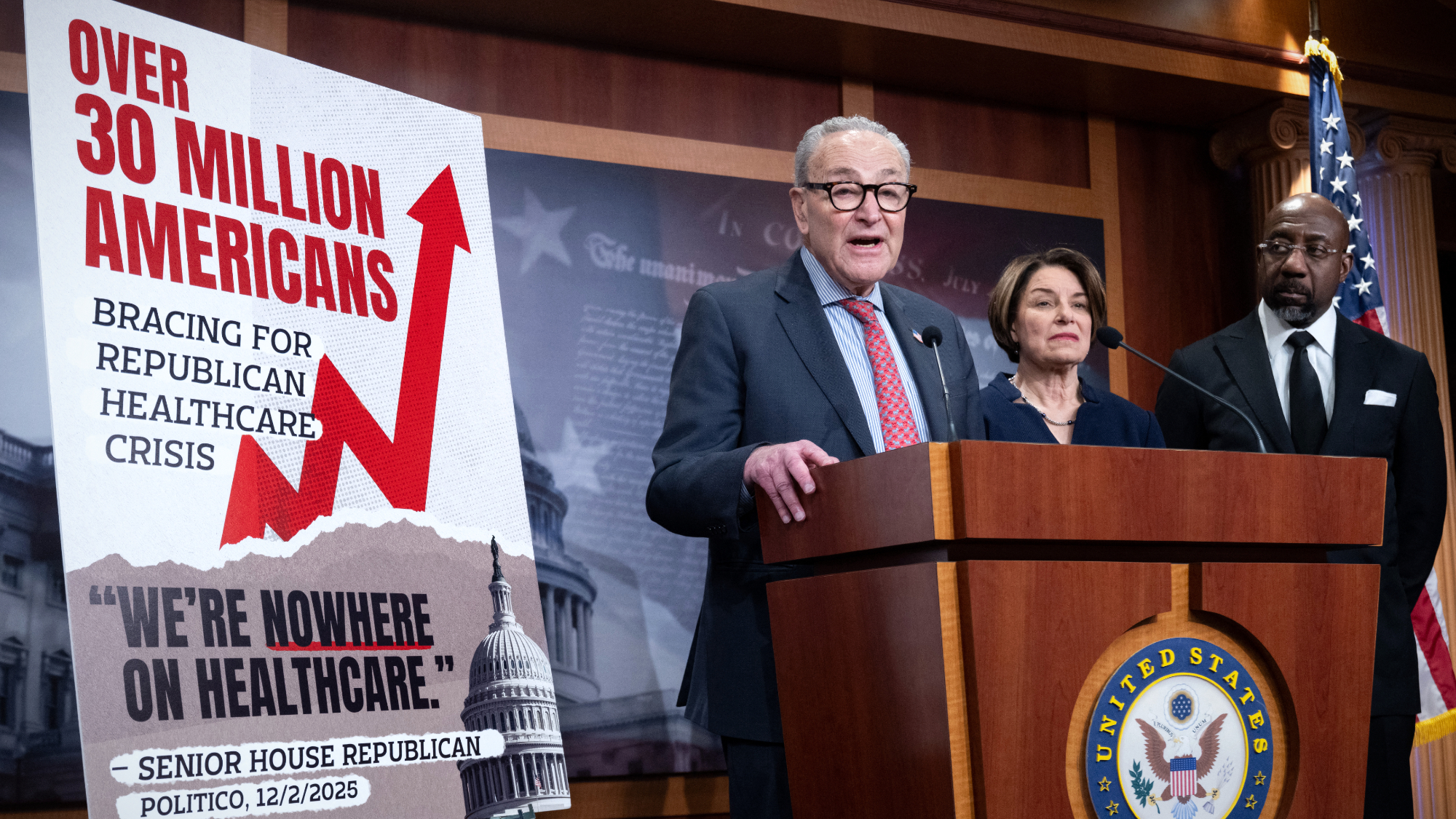 Senate votes down ACA subsidies, GOP alternative
Senate votes down ACA subsidies, GOP alternativeSpeed Read The Senate rejected the extension of Affordable Care Act tax credits, guaranteeing a steep rise in health care costs for millions of Americans
-
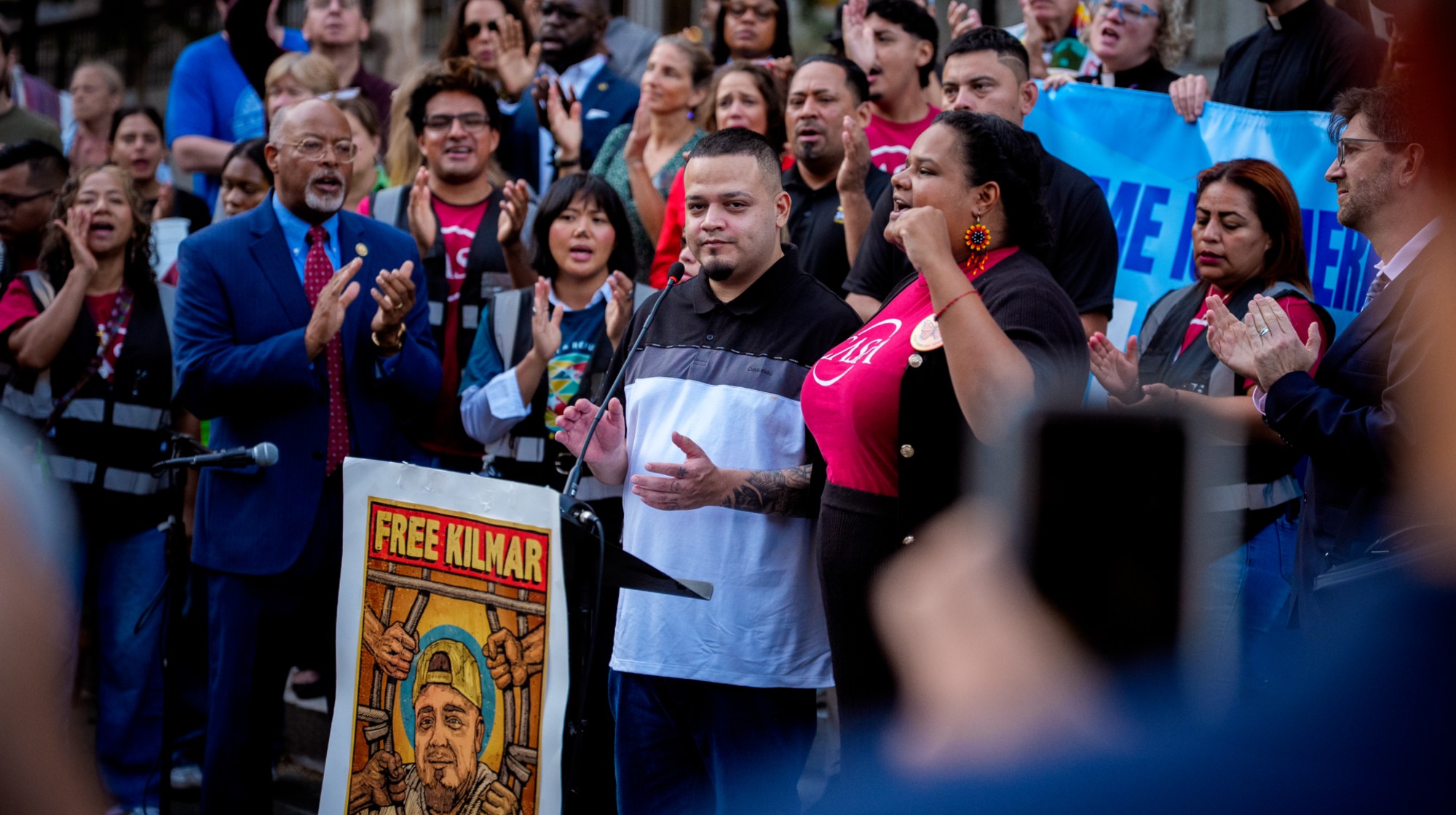 Abrego García freed from jail on judge’s order
Abrego García freed from jail on judge’s orderSpeed Read The wrongfully deported man has been released from an ICE detention center
